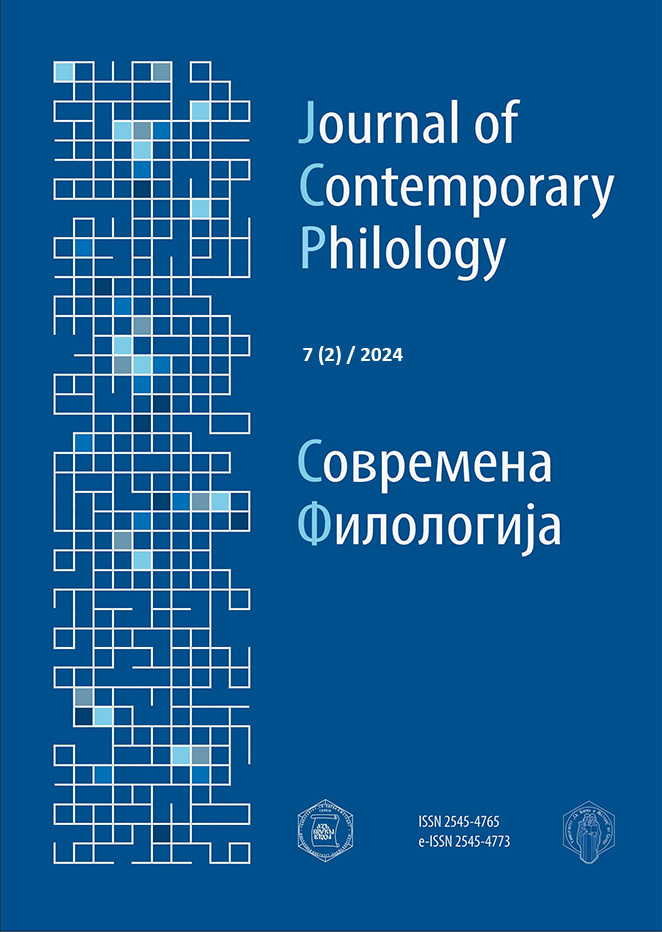THE STRANGE AND ITS COMIC EFFECTS IN THE NOVEL THE INVISIBLE MAN BY H. G. WELLS
DOI:
https://doi.org/10.37834/JCP2472085dKeywords:
H. G. Wells, The Invisible Man, Griffin, strange, comic effectsAbstract
This paper explains the strange and gives examples of a comic relief resulting from the strange behaviour in the novel The Invisible Man ([1897] 2010) by Herbert George Wells. The strange can be defined as that which is unusual, extraordinary, and which does not belong to everyday life and routine (i.e., which is contrary to the norm and the expected social behaviour). The strange can both evoke fear and humour or laughter as an unexpected reaction to something serious, which then serves as a mechanism for creating tension that escalates with a plot twist.
What is regarded as strange are the stranger Griffin's appearance, his clothes, but also gestures, behaviour and his responses to other characters. The novel combines the comic and the serious, the funny and the horrific; in fact, the strange – the fear it evokes and the terror caused by it – does not necessarily exist in isolation from the comic or the bizarre. All these elements are a crucial part of the structure of the novel, which depicts scenes of strange and unusual occurrences, characters, and events producing a comic effect. The author uses the scenes that cause a potential comic effect as building mechanisms, which gradually unveil the unexpected culminating in an unusual plot twist towards the end of the novel. The Invisible man is neither a comic work nor a horror story although it combines both elements of humour and terror, which function as complementary literary devices.
Downloads
Published
Issue
Section
License
Copyright © 2014 Blaže Koneski Faculty of Philology, Skopje
Journal of Contemporary Philology (JCP)
Современа филологија



